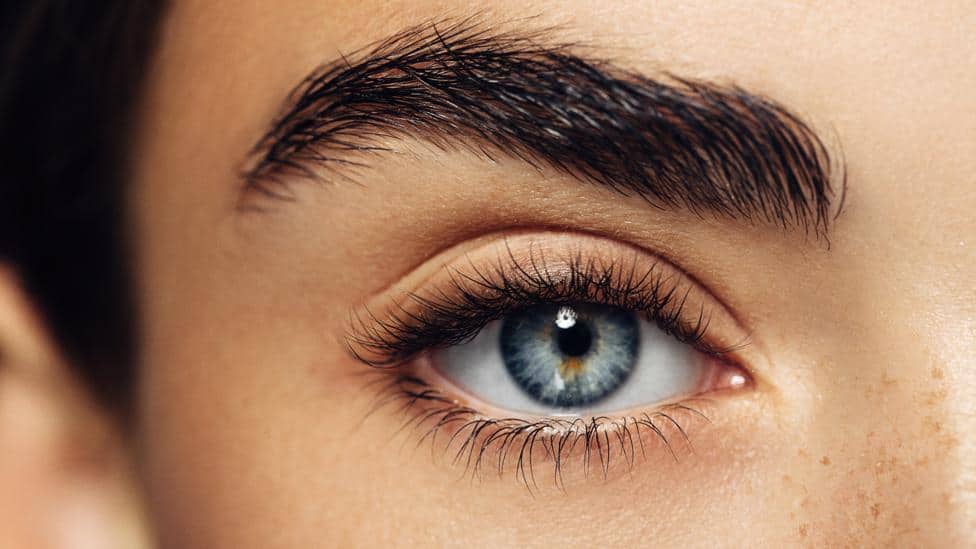Artificial intelligence in diagnosing diabetes severity

Artificial intelligence in diagnosing diabetes severity
Artificial intelligence in diagnosing diabetes severity
A team of researchers used high-resolution, non-invasive technology to obtain images of small blood vessels found under the skin of diabetic patients, and used an artificial intelligence algorithm to formulate a “score” that can be used to determine the severity of the disease. Once this technology is portable, it can be used to monitor the effectiveness of treatment, according to New Atlas, citing the journal Nature Biomedical Engineering.
Microangiopathy
Microangiopathy, in which the walls of blood capillaries become so thick and weak that they bleed, leak protein, and slow blood flow is a major complication of diabetes, which can affect many organs in the body, including the skin.
Researchers from the Technical University of Munich have developed TUM, a method for obtaining detailed images of blood vessels under the skin of diabetic patients using artificial intelligence to quantitatively determine the severity of the condition.
Audio-visual imaging
Optoacoustic imaging uses pulses of light to generate ultrasound waves within tissue. Tiny expansions and contractions in the tissue surrounding the molecules, which strongly absorb light, create signals that are recorded by sensors and converted into high-resolution images. The oxygen-carrying protein hemoglobin is one of these molecules that absorbs light, and since it is concentrated in blood vessels, optoacoustic imaging produces detailed images of blood vessels that other non-surgical techniques cannot produce, in addition to being a quick procedure and does not use radiation.
More depth and detail
In the new study, the researchers developed a specific optical-acoustic imaging method called RSOM, which can acquire data on different depths of the skin simultaneously down to a depth of 1 millimeter, which Angelos Karlas, the study's lead researcher, said. It achieves “more depth and detail than other visual methods.”
RSOM technology
The researchers used RSOM technology to take images of the skin on the legs of 75 diabetic patients and a control group of 40 people and used an artificial intelligence algorithm to identify clinically relevant characteristics associated with diabetes complications. The researchers created a list of 32 particularly important changes in the skin's microvasculature, including the diameter of the blood vessels and the number of branches they have.
Number of blood vessels
The researchers noted that the number of vessels and branches in the skin layer decreases in diabetic patients, but increases in the epidermis closest to the skin surface. All 32 characteristics identified by the researchers were affected by disease progression and severity. By compiling the 32 characteristics, the research team calculated a “microangiopathy score,” which links the condition of small blood vessels in the skin and the severity of diabetes.
At lower costs and within a few minutes
Vassilis Ntziachristos, a researcher on the study, said that using “RSOM technology it is possible to quantitatively describe the effects of diabetes,” explaining that “with the emerging ability to make RSOM portable and cost-effective, these results will open a new way to continuously monitor the condition of those affected - more than 400 million people.” People all over the world. In the future, with quick and painless tests, it will take only a few minutes to determine whether treatments are having an effect, even while the patient is at home.






